Angiogenesis
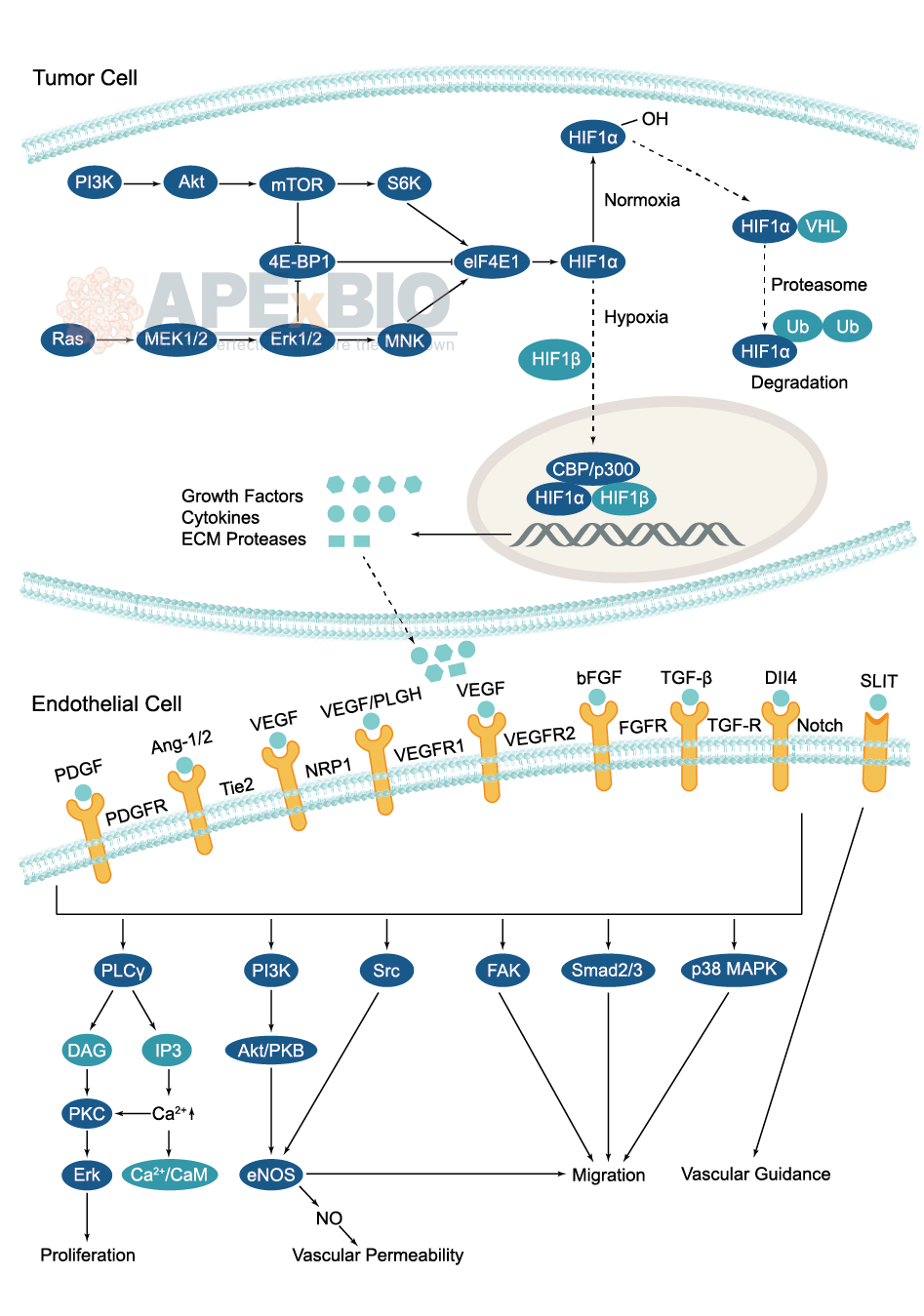
During tumor angiogenesis, cancer cells stimulate formation of new blood vessel for delivering oxygen and nutrients to a tumor. As the tumor grows, cells at the center of the mass become starved of oxygen, causing hypoxia. It stabilizes the expression of a transcription factor, HIF-1α (hypoxia inducible factor-1), which binds HIF-1β to upregulate the expression of several angiogenesis-promoting genes. Moreover, growth factor signaling also stimulates HIF-1 activity in order to maintain oxygen homeostasis for growing cells.
-
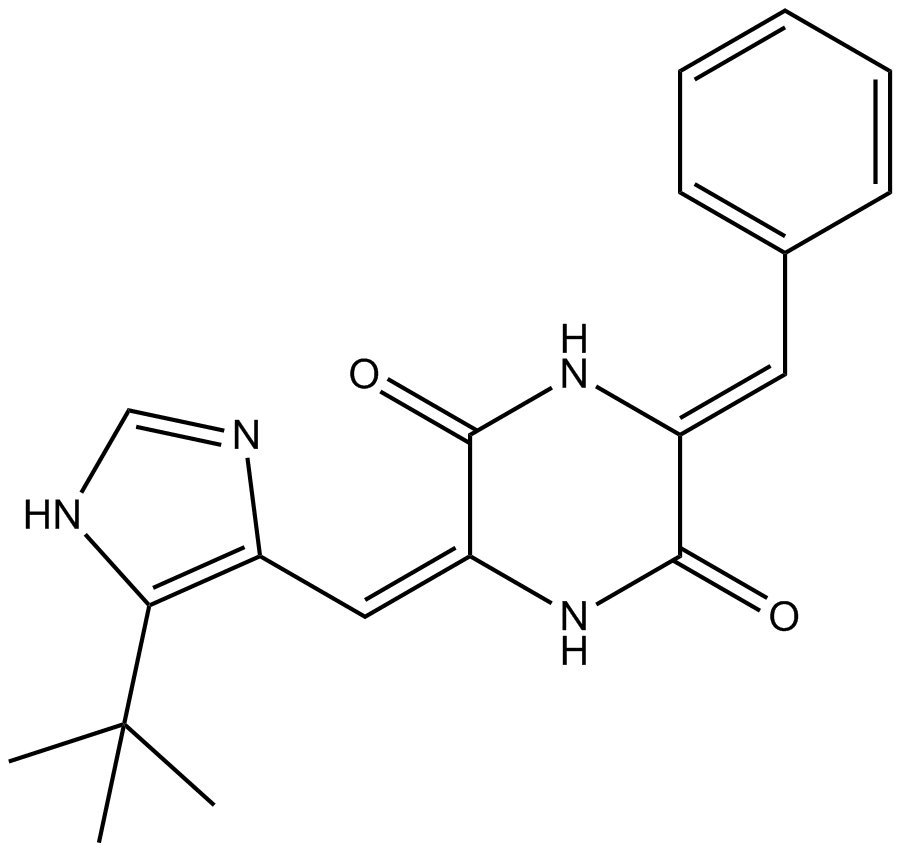 B2298 Plinabulin (NPI-2358)Target: Vascular Disrupting Agents (VDA)Summary: vascular disrupting agent
B2298 Plinabulin (NPI-2358)Target: Vascular Disrupting Agents (VDA)Summary: vascular disrupting agent -
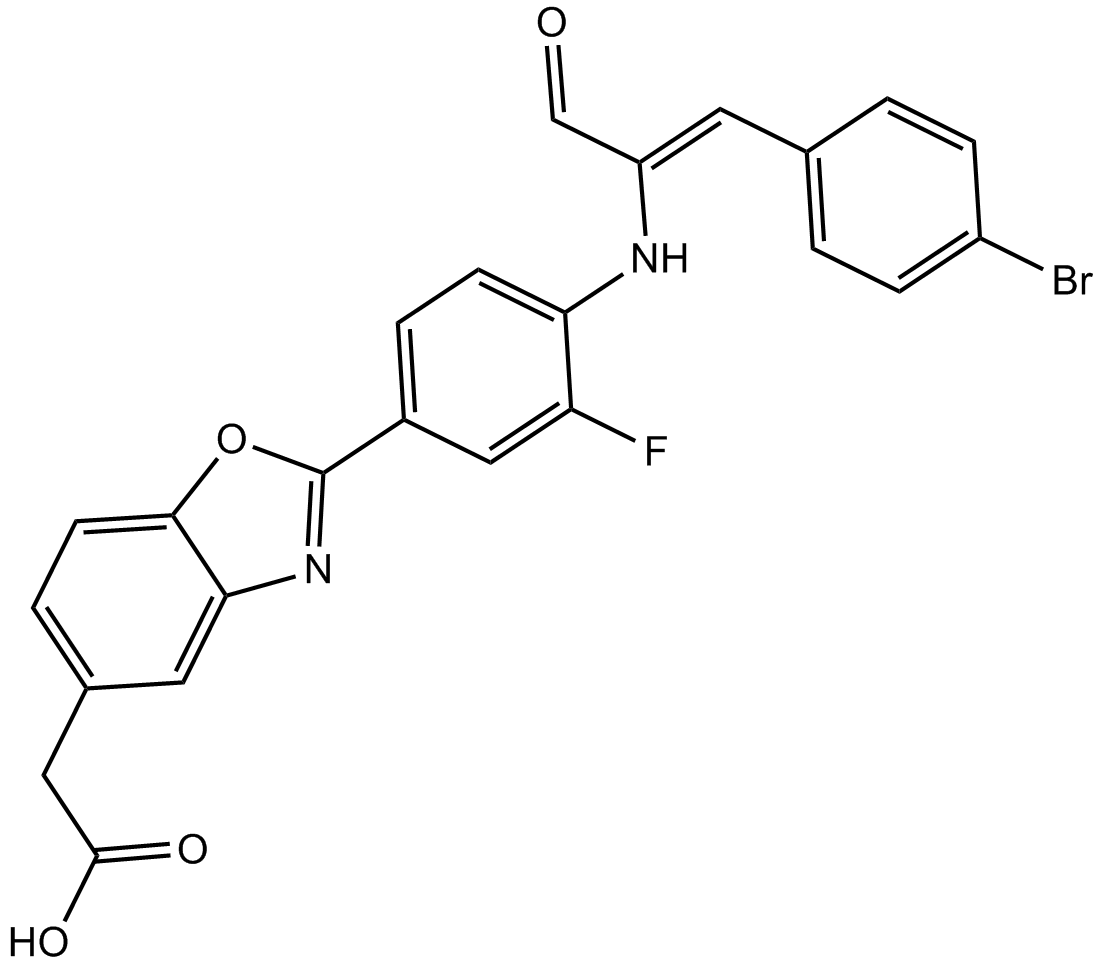 B7157 OGT 2115Target: HeparanasesSummary: Heparanase inhibitor
B7157 OGT 2115Target: HeparanasesSummary: Heparanase inhibitor -
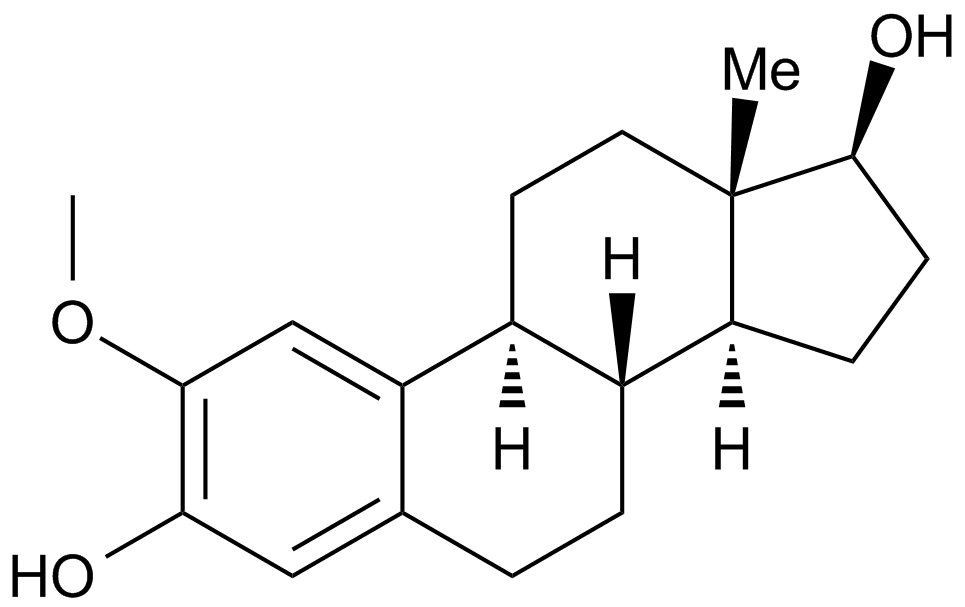 A4188 2-Methoxyestradiol (2-MeOE2)2 CitationSummary: Apoptotic, antiproliferative and antiangiogenic agent
A4188 2-Methoxyestradiol (2-MeOE2)2 CitationSummary: Apoptotic, antiproliferative and antiangiogenic agent -
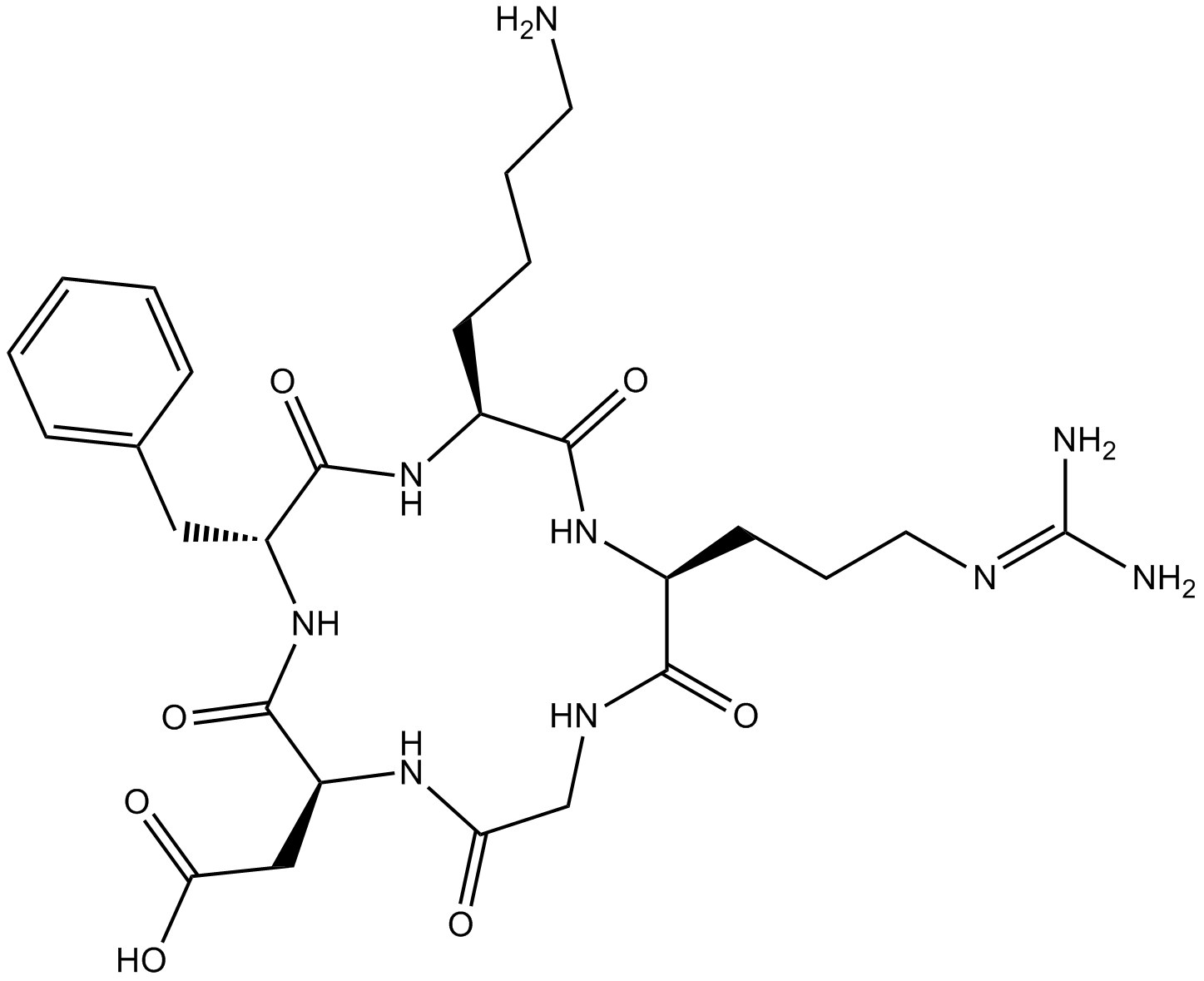 A8164 Cyclo (-RGDfK)3 CitationSummary: Inhibitor of αvβ3 integrin
A8164 Cyclo (-RGDfK)3 CitationSummary: Inhibitor of αvβ3 integrin -
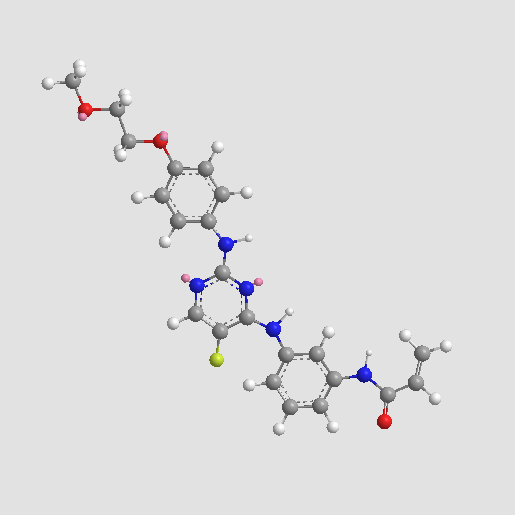 A3206 AVL-292Summary: Btk inhibitor
A3206 AVL-292Summary: Btk inhibitor -
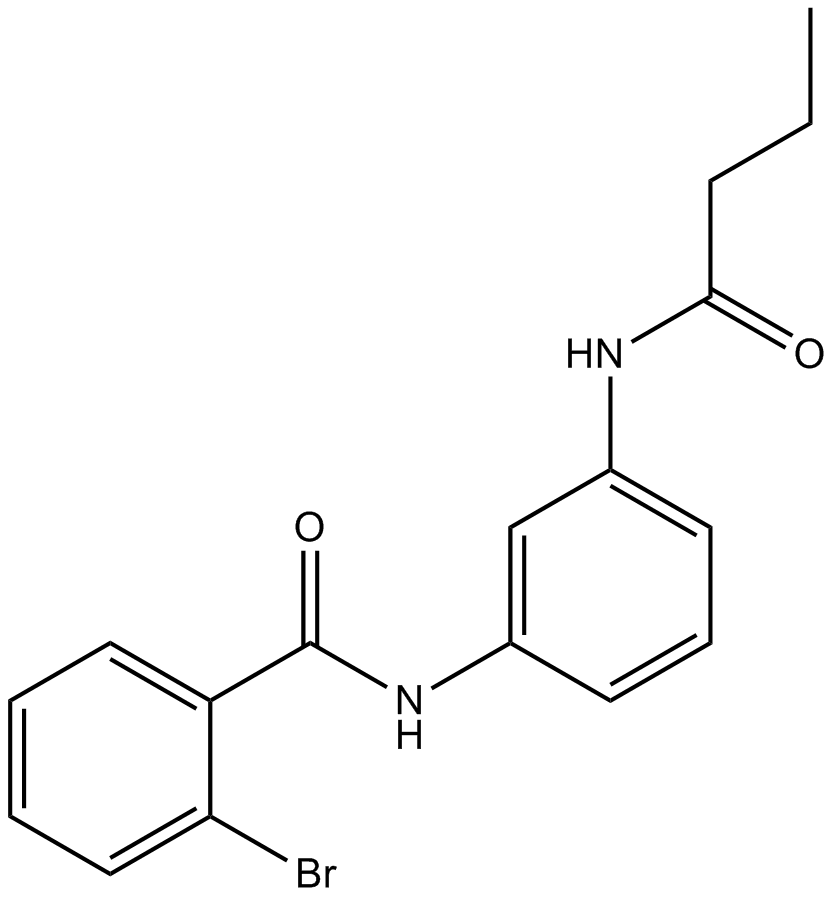 A8229 ML161Target: Protease-Activated ReceptorsSummary: PAR1 inhibitor
A8229 ML161Target: Protease-Activated ReceptorsSummary: PAR1 inhibitor -
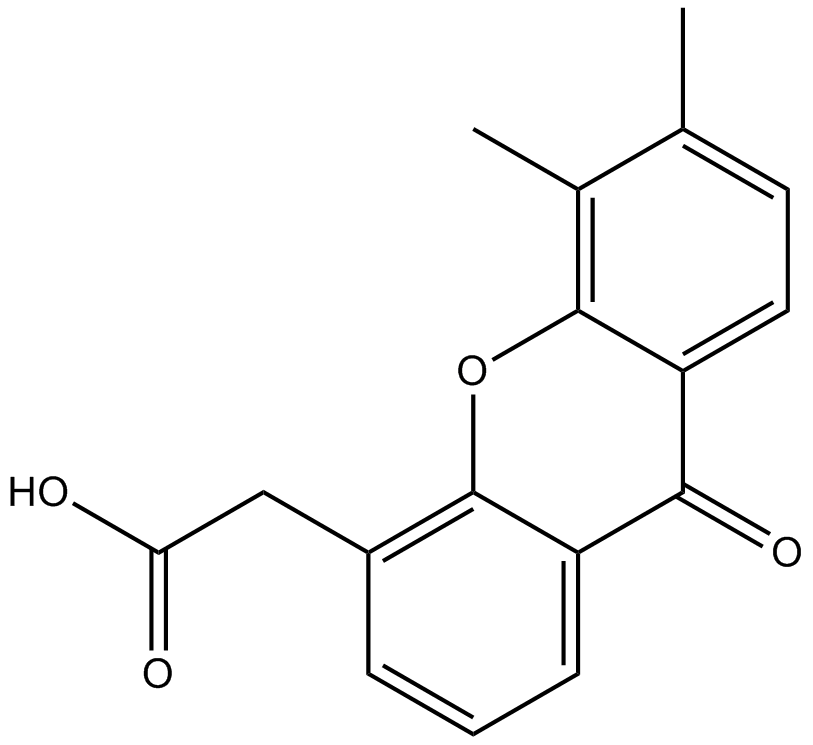 A8233 DMXAA (Vadimezan)2 CitationTarget: DT-diaphorasesSummary: Tumnor vascular disrupting agent, apoptosis inducer
A8233 DMXAA (Vadimezan)2 CitationTarget: DT-diaphorasesSummary: Tumnor vascular disrupting agent, apoptosis inducer -
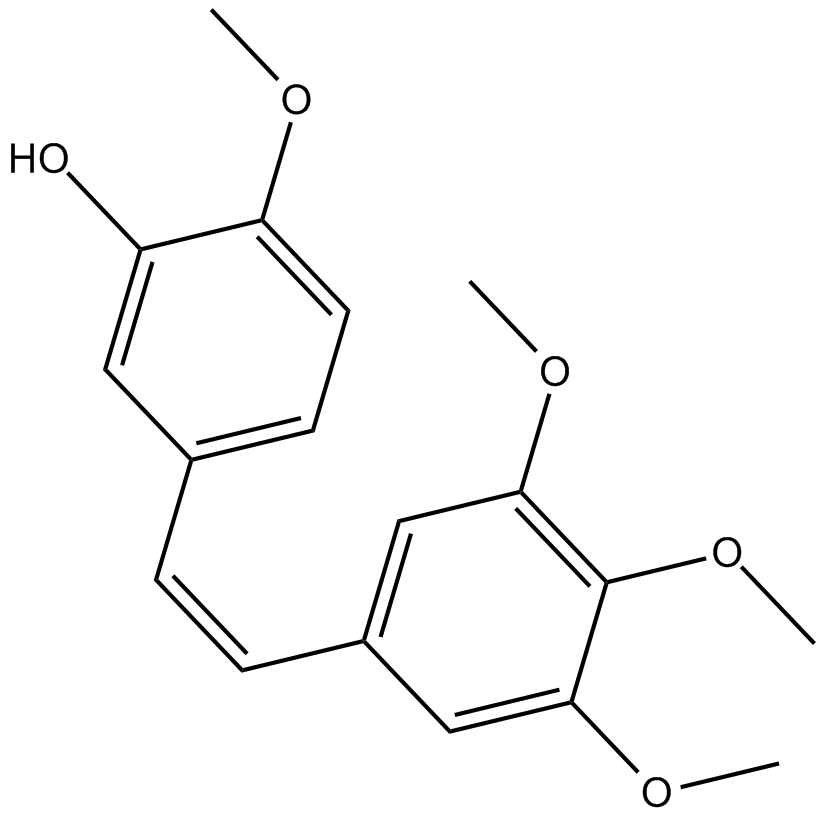 B6764 Combretastatin A4Summary: tubulin polymerization inhibitor
B6764 Combretastatin A4Summary: tubulin polymerization inhibitor -
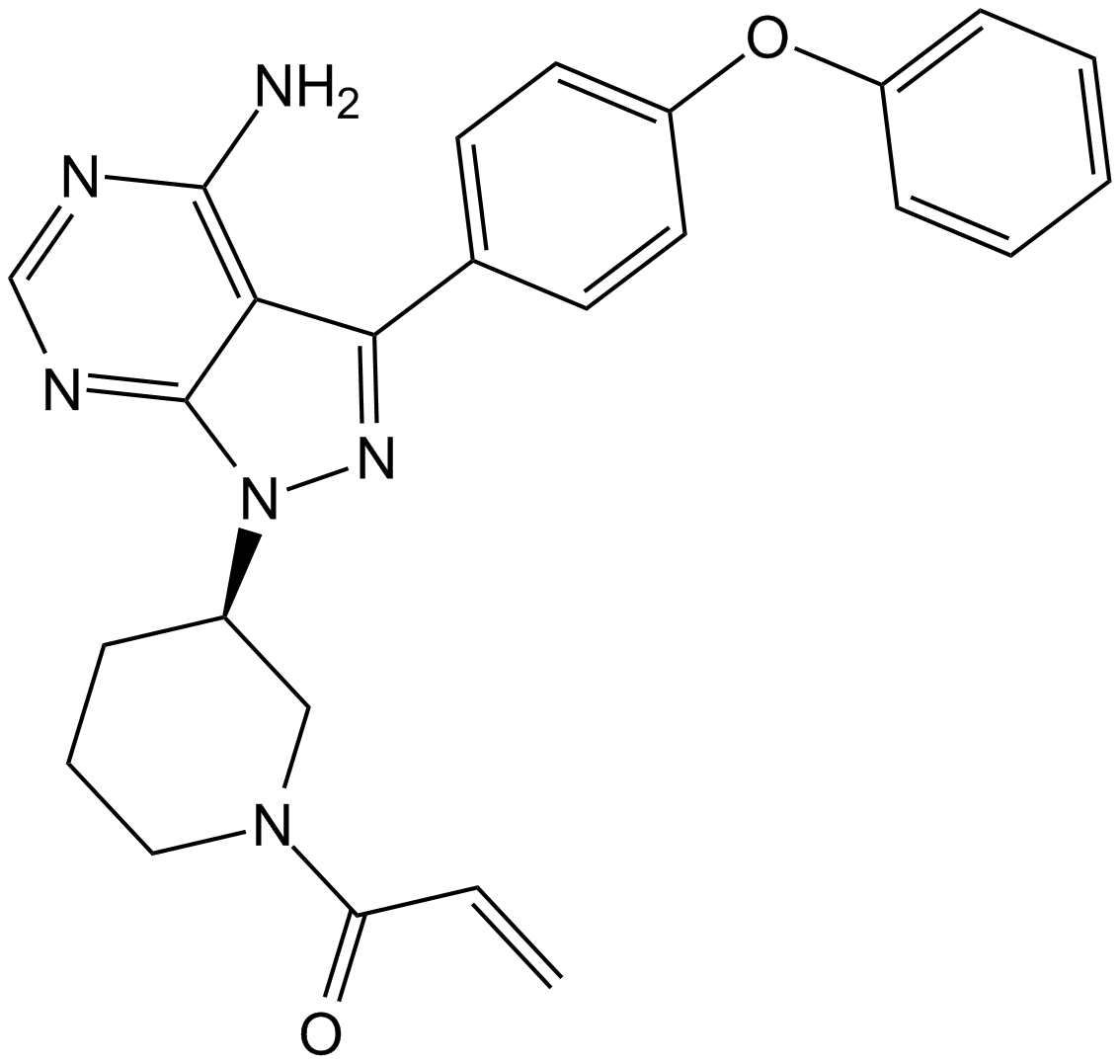 A3001 PCI-32765 (Ibrutinib)4 CitationSummary: Bruton's tyrosine kinase (BTK) inhibitor
A3001 PCI-32765 (Ibrutinib)4 CitationSummary: Bruton's tyrosine kinase (BTK) inhibitor -
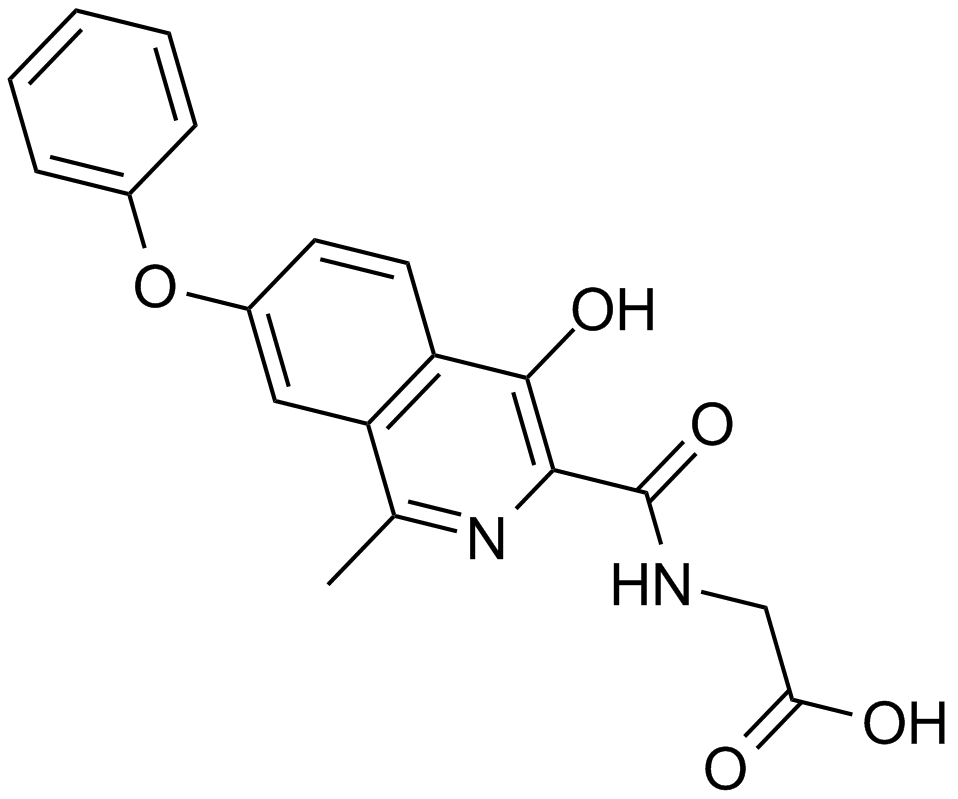 A4187 FG-4592 (ASP1517)1 CitationSummary: HIF prolyl-hydroxylase inhibitor
A4187 FG-4592 (ASP1517)1 CitationSummary: HIF prolyl-hydroxylase inhibitor

